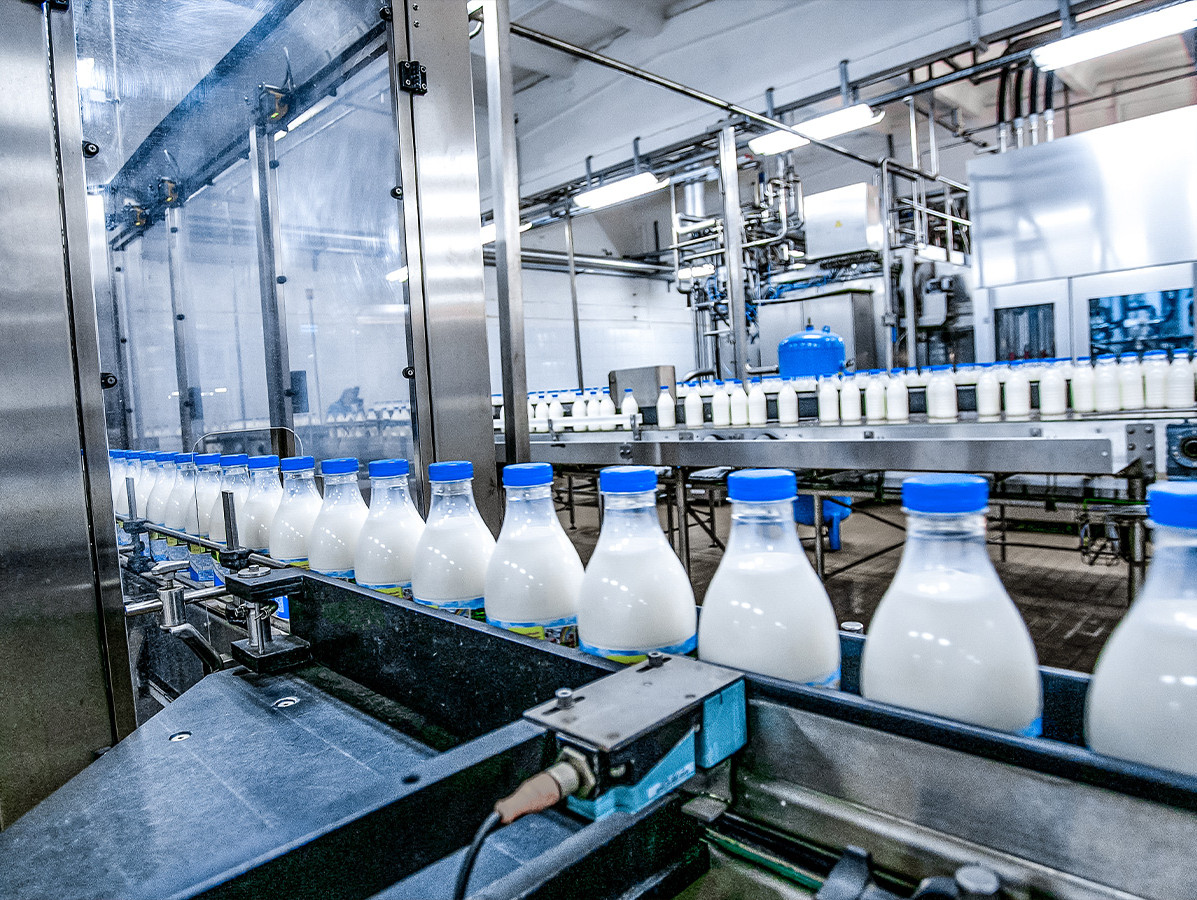
The milk supply was lower than previous years due to dry summers in 2021 and 2022, among other factors. As a result, dairy production also decreased. In particular, production of milk powders for export decreased. Dairy prices rose sharply.
The higher prices were due to imbalance in the world dairy market. In most dairy regions, milk production fell while demand was strong. Europe and the Netherlands also experienced lower milk supply. Already from the beginning of 2021, milk supply to Dutch dairies fell. For the whole of 2021, supply fell by 2.7 per cent and in the first half of 2022 production fell by another 1 per cent. From the summer onwards, this changed and milk supply rose again.
Dairy sales declined in Dutch supermarkets in 2022. The main reason is a correction for high sales during the corona years. Supermarkets benefited from restaurant lockdowns. Total supermarket sales volumes fell by about 6 per cent in the first half of 2022. With an average decline of 6 per cent over the same period, lower dairy sales are in line with the overall decline in supermarket volumes. Volumes of plant-based dairy products also declined, but less sharply than regular dairy. For some time now, consumers have been swapping animal dairy for plant-based alternatives. This trend is expected to continue in the coming years.
The European Commission expects EU milk supply to remain stable compared to 2022. Under normal weather conditions, milk supply could increase, but this will be offset by a reduction in the dairy herd at EU level. Supply is also under pressure in the Netherlands, especially due to the uncertainty surrounding nitrogen policy. In the coming years, the dairy herd will shrink as farms are bought out to reduce nitrogen emissions. ABN AMRO expects a slight decrease in milk supply this year and a stabilisation to slight increase with sufficient rainfall next year.
So a sharp increase in milk supply in 2023 does not seem likely. Whether this will lead to permanently high prices remains to be seen. Global demand for dairy products such as cheese, yoghurt and milk may fall due to lower purchasing power in several key EU market countries. On the other hand, what is favourable for sales outside the EU is the relatively low euro against the dollar, which makes EU dairy traders more competitive.
On the world market, dairy prices are already recording a slight decline. However, ABN AMRO expects the price of dairy to remain at a relatively high level in the coming year. Against the slight decline at the moment, the costs of feed, fertilisers and energy are also expected to decrease from their peak this year. Of course, there are many uncertainties regarding energy prices that affect fertiliser prices and costs for dairy processors, who may also make different choices as a result of higher energy prices.
Source: ABN AMRO